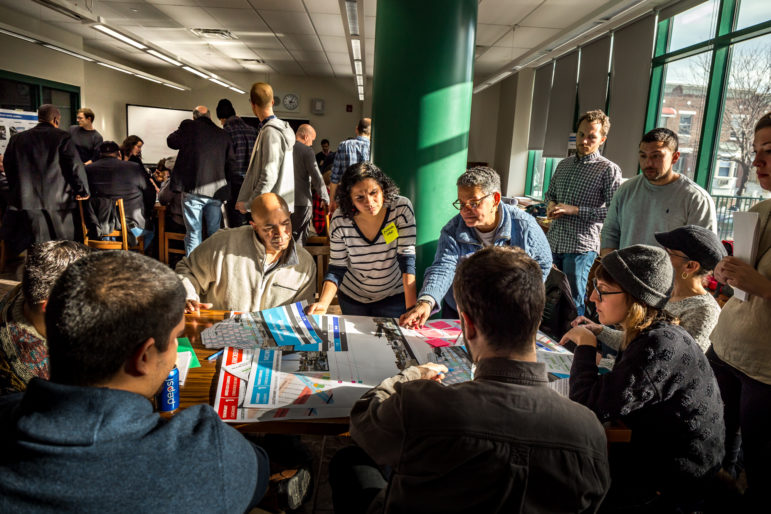
Adi Talwar
At the summit held at the Ridgewood Bushwick Youth Center. Unlike some other neighborhoods, the Bushwick process has some pre-existing support. But that doesn't mean the math or market are any easier to deal with.
At a five-hour summit on Saturday, Bushwick residents learned they will get an affordable housing project with an abundance of deeply low-income units on a key public site. But when it comes to determining a rezoning that will protect the rest of the neighborhood, some residents feel caught between a rock and a hard place.
The summit, which drew over 250 people, was part of the ongoing Bushwick Community Plan process, a neighborhood planning effort launched by Councilmembers Antonio Reynoso and Rafael Espinal and directed by a steering committee of local stakeholders. Last month, the de Blasio administration added the plan to its list of neighborhood rezoning studies, so city agency staff facilitated some of the break-out sessions at Saturday’s summit; others were facilitated by stakeholders, Council staff or representatives of city or borough-wide organizations.
According to facilitators, 1531 Broadway, a vacant site owned by the Department of Housing Preservation and Development (HPD), will be developed with a supportive housing project that includes 60 percent of units for families making less than $24,480. The project is significantly more affordable than buildings created under the Extremely Low Income and Low Income Affordability program (ELLA) that will be used in East New York and some other neighborhoods (though some meeting attendees wanted more than 60 percent). According to officials from HPD, the affordability levels of the Bushwick project are typical for a supportive housing projects, and will be financed with the Supportive Housing Loan program and the city’s limited pool of project-based Section 8 vouchers. At the meeting, Bushwick residents debated different sizes and heights for the project.
Beyond that one site, however, HPD only owns small parcels of land in the community, and it is unclear whether any of the land owned by the NYPD or NYCHA will be suitable for the development of affordable housing.
The Bushwick Community plan steering committee is therefore contemplating upzoning corridors in the neighborhood to encourage housing development. If upzoned, new buildings would be required to offer 20 to 30 percent of apartments at below-market rates under the mayor’s mandatory inclusionary housing policy.
The steering committee is contemplating a contextual downzoning of Bushwick’s side streets, a higher density rezoning of “transit corridors” like Broadway, Myrtle, and Wyckoff, and a more modest upzoning of avenues like Central, Irving, Wilson, and parts of Bushwick and Knickerbocker. The steering committee has also recognized Bushwick Avenue as an important “historic” corridor, and would like to see Knickerbocker remain “mixed-use.”
Bushwick residents were encouraged to weigh in on whether, and to what degree, Bushwick’s avenues should be rezoned. Some residents expressed frustration that the city’s mandatory inclusionary housing tool would only allow 20 to 30 percent of units to be rented at below-market rates, and voiced concerns that an influx of market-rate housing would exacerbate displacement from the community.
“To me, [rezoning] is an acceleration,” said Dora Novey-Buttfield, a resident, explaining to her small group why she would vote against an upzoning of Irving and Knickerbocker on the east side of the district. She said that until mandatory inclusionary housing was revised and made into a better tool, she would instead encourage the city to invest resources in tenant organizing and other anti-displacement strategies.
Department of City Planning officials in her group pushed back, saying that the city was already planning on dedicating resources to anti-displacement strategies and that it is hard to pass a law requiring developers to make more 20 to 30 percent of their units rent-restricted.
“This is our way of getting our flesh from the developer,” said Winston Von Engel, Brooklyn DCP director.
Others in Novey-Buttfield’s group shared her concerns, but decided that while they would keep Irving the same, they would support a modest upzoning of parts of Knickerbocker in order to trigger mandatory inclusionary housing.
“It’s not good enough, it’s not good enough, but at least we get something for it,” said Nancy Liao, a community board 4 member.
“It just felt like we were picking the lesser of two evils,” said a member of another small group, Richard Valesquez, an organizer with the Ridgewood Bushwick Senior Citizen’s Council.
in the Bushwick rezoning debate.
Some meeting participants, however, were more positive about an upzoning, so long as it was restricted to appropriate corridors.
“Growth is inevitable,” said one participant, Pete Leon, who thought the major transit corridors should be upzoned to trigger mandatory inclusionary housing, with perhaps patches of smaller upzonings on some of the other corridors. “You can’t just have low-income housing in one area,” he said.
Many participants emphasized they wanted more protections for people in one-to-three family buildings, more resources to combat tenant harassment, revisions to the state’s rent-stabilization law and priority in new developments for existing small businesses.
The Bushwick Steering Committee’s current draft recommendations deal with more than rezoning. They include allowing non-profits to develop public sites with rent-restricted housing that goes beyond HPD’s normal term sheets—a demand that squares nicely with HPD’s plans for 1531 Broadway. There are no signs yet of whether the de Blasio administration will agree to some of the group’s other demands, however, including the development of other public sites, reaching deeper affordability levels than required by mandatory inclusionary housing, using tax abatements to reach even deeper affordability, instituting a “flip fee” on speculators, and creating a tax credit program for landlords of small homes, among other measures.


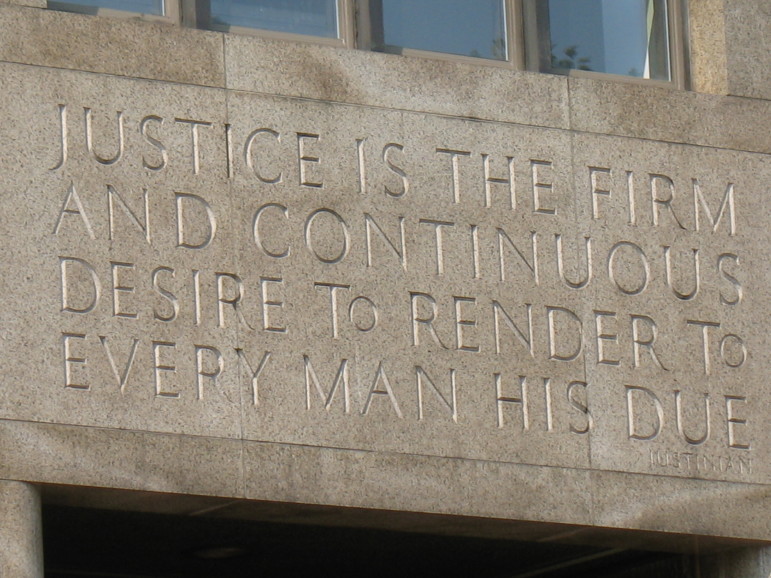

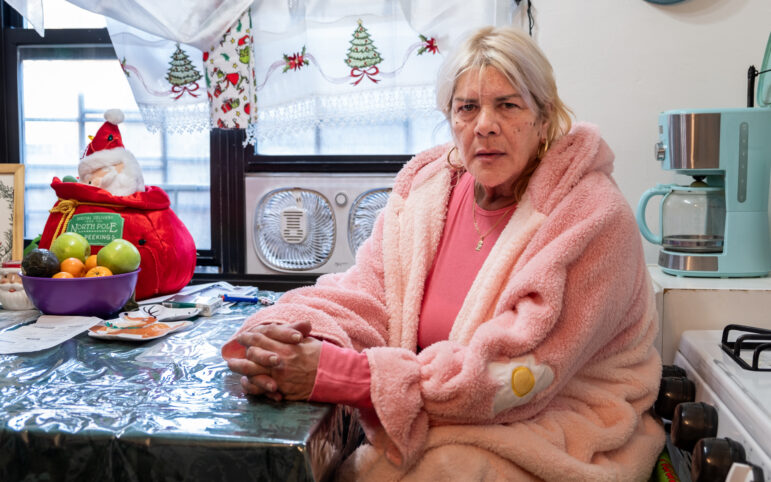
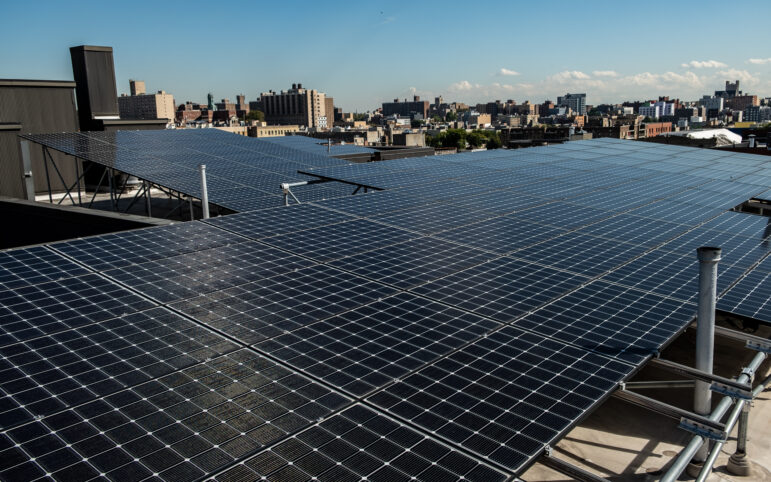
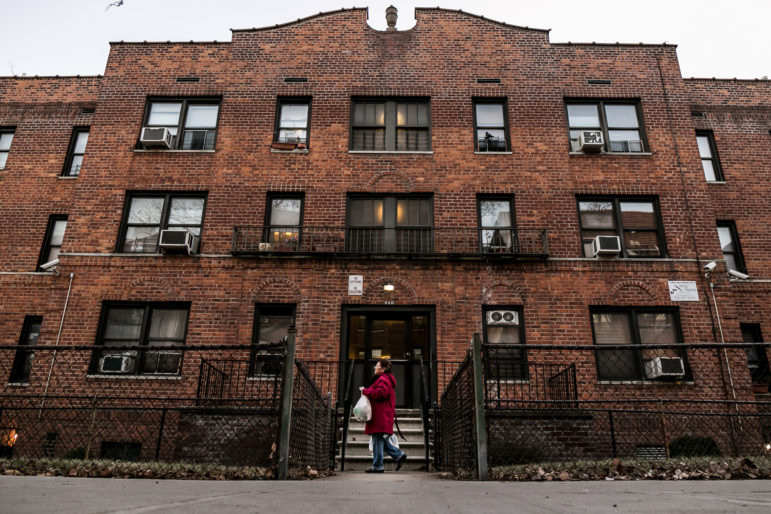


7 thoughts on “Tough Choices Face Bushwick as Rezoning Approaches”
No building with 20% to 30% below-market apartments can be profitable. So who is going to want to build them? No one.
Wanna bet?
What builder can put up that many below-market units while paying union wages?
I suspect there’ll be takers. The market rents cross-subsidize.
You are assuming that only unions are building. That’s not the case. I own a non-union shop that pays union wages to my guys and we do fine in the affordable housing sector.
Also, with subsidies developers are doing fine and could do more to keep local areas really affordable.
You said it. Politicians who never had to work or understand business should not be saying things like “MIH will create more low income housing” and “if we had MIH during that rezoning we would have X many more apartments”. It won’t, it would not have, you are foolish and wrong. Developers build buildings. Politicians don’t. If the politician creates an adverse market, the developer will go build in Gowanus, New Jersey, anywhere else. And what sort of buildings are we going to see? Ugly ones with crappy materials. Thanks guys!! Building fair market apartments, and building a lot of them, will end the housing crisis. Let them build whatever they want. And a lot of it. Imagine if in 5 or 10 years everyone had an apartment? There were too many apartments? Reynoso and his ilk play social conflict to stay in power. It’s like watching the same bad movie again and again. Reynoso is the special little snowflake saving us all from nothing while making $250,000 a year and wearing designer suits. Give us a break and give us some housing!
I hate to say it but, our people in these communities (Bed -Stuy, Bushwick, Willamsburg & Greenpoint) when it was drug/crime infested had the opportunity to buy these buildings and vacant lots. Now its too late to try and keep it affordable. MONEY TALKS